
[Answered] Where Do AirDrop Files/Photos/Videos Go on iPhone/Mac?

AirDrop is a convenient tool for transferring files between Apple devices. Whether it's photos, documents, or other types of files, AirDrop can quickly and wirelessly transmit data. However, where do AirDrop files go on iPhone/Mac? If you can't find AirDrop files on iPhone, this article is for you. It provides a detailed introduction on how to enable AirDrop on iPhone and Mac, the AirDrop files location, as well as some excellent alternatives to AirDrop. Let's have a look.
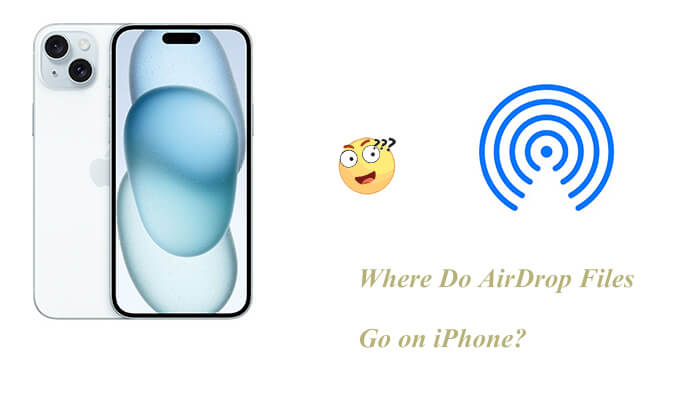
Before understanding the AirDrop files' location, make sure AirDrop is enabled on your device. Here are detailed steps on how to enable AirDrop on iPhone and Mac.
On iPhone:
Step 1. Open "Settings" > Tap on "General" > Select "AirDrop".
Step 2. Choose "Contacts Only" or "Everyone" to enable AirDrop.
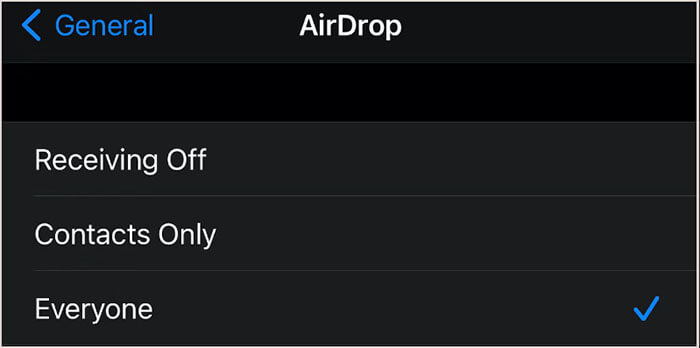
On Mac:
Step 1. Open Finder.
Step 2. Select "AirDrop" from the sidebar on the left.
Step 3. Click on the option next to "Allow me to be discovered by" at the bottom of the window.
Step 4. Choose "Contacts Only" or "Everyone".
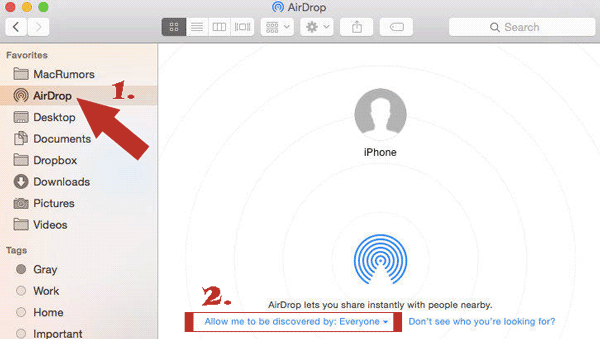
Now that you understand how to enable AirDrop on iPhone and Mac, next we will explain the location where received files are stored on your device.
Is your AirDrop not working on your iPhone or iPad? Read this article fo find the reasons and solutions.
AirDrop Not Working on iPhone or iPad, How to Fix?Once AirDrop is enabled, received files are automatically stored in specific locations on your iPhone. Below, we will detail the storage locations for different types of files on iPhone.
Photos received via AirDrop are automatically stored in the "Photos" app. Open the "Photos" app, and you can find these photos in "Albums" or "Recents".
Files received via AirDrop on iPhone will bring up a menu with various options to open and save the files.
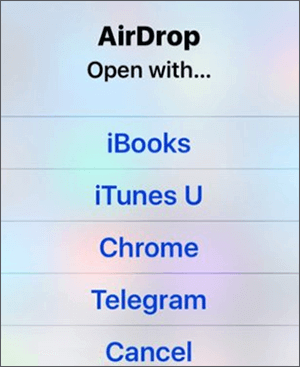
These files are automatically saved in the app they were sent from, for example:
If you don't have the same app, you'll be redirected to the App Store to download it, or you can try to open the files with other available options.
On a Mac, received files also have specific storage locations. Here is how to find airdropped items.
On a Mac, photos received via AirDrop are usually stored in the "Downloads" folder. To find these photos, follow the steps below:
Step 1. Open the "Finder" application on your Mac, located on the bottom left side. Then, locate and access the "Downloads" folder.
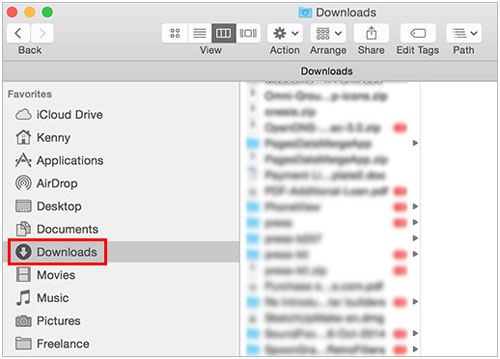
Step 2. In the "Downloads" folder, you will find all your AirDrop photos on your Mac.
Like photos, other types of files, such as documents or zip files, are also stored in the "Downloads" folder.
Although AirDrop is very convenient, it has some drawbacks. For instance, if the file is large, transferring data on an iPhone can take a long time. Also, you can only transfer one file at a time. Therefore, you might need a more stable transfer method. Here are two excellent AirDrop alternatives.
Coolmuster Mobile Transfer is a professional phone transfer tool that supports data migration between iOS devices without the need for a network connection. It is easy to use and allows you to transfer a large amount of data at once.
Key features of Coolmuster Mobile Transfer:
Follow the steps below to transfer data from iPhone to iPhone:
01Download, install, and launch this tool on your computer. Connect your two iPhones to your computer using a USB cable. Tap the "Trust" option when asked to "Trust This Computer".
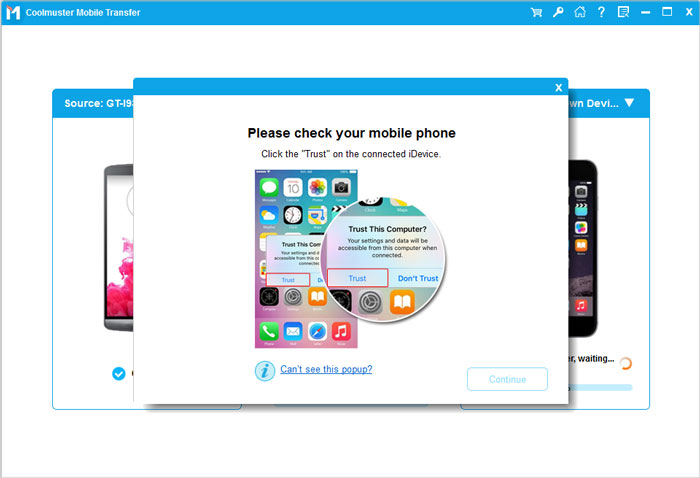
02After successfully connecting two iOS devices to the program, you will see the following interface. Make sure the source and target devices are on the correct sides. If not, click the "Flip" button to switch their positions.
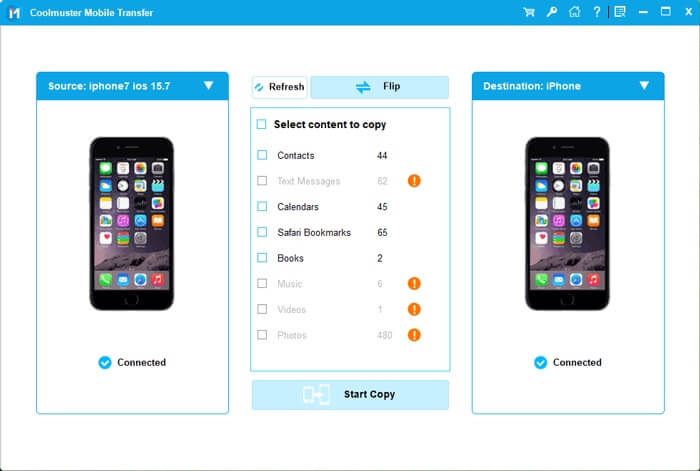
03Select the desired items from the list of content to transfer, such as Contacts, Notes, Calendars, Bookmarks, and Books. Then, click the "Start Copy" button to initiate the transfer process automatically.
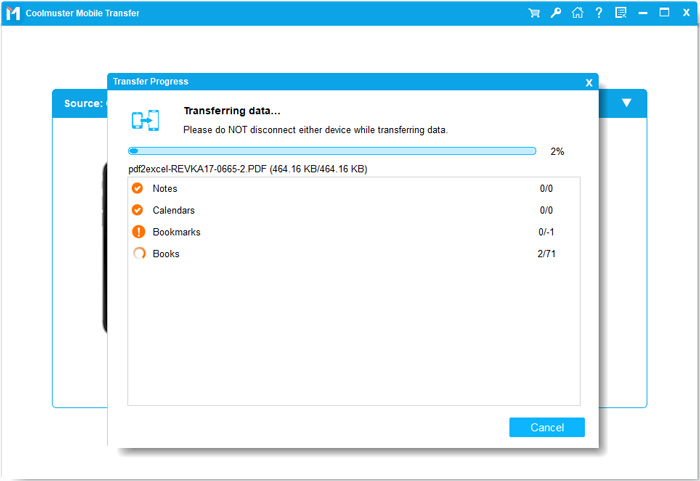
Video Tutorial:
For users needing to transfer data between iPhone and Mac, Coolmuster iOS Assistant is an excellent choice. It allows users to easily backup, restore, and export data from iPhone to Mac, and also supports importing files from Mac to iPhone.
Highlights of Coolmuster iOS Assistant:
Follow the steps below to transfer files between your iPhone and Mac:
01First, download, install, and launch this tool on your Mac computer. Then, link your iPhone to your Mac using a USB cable and trust your device. Once connected successfully, you will see the interface as below.
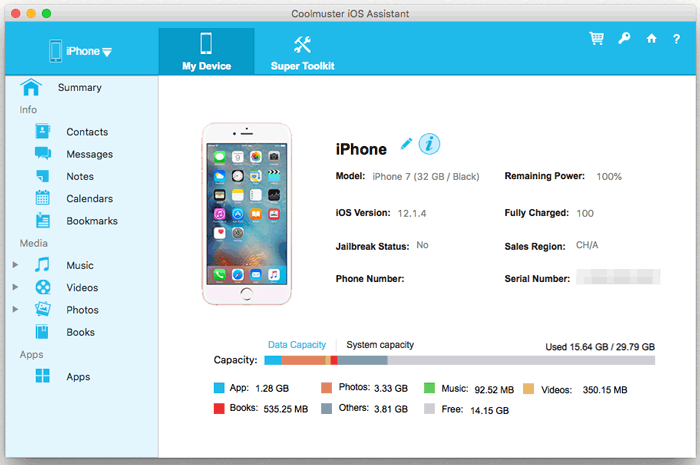
02Choose a category on the left panel, then choose the specific items on the right panel. To transfer from iPhone to Mac, click the "Export" button; to transfer from Mac to iPhone, tap the "Import" button.

Video Tutorial:
Q1. Why does AirDrop fail to send?
AirDrop failures can occur due to various reasons, including the recipient not having AirDrop enabled, devices being too far apart, Wi-Fi or Bluetooth issues, the recipient having "Contacts Only" set but not being in the sender's address book, and more.
Ensure that both devices have AirDrop enabled and are within each other's range, and check that the network connection is functioning properly.
Q2. What is the range of AirDrop?
The effective range of AirDrop typically ranges from a few meters to about ten meters, depending on factors such as the distance between devices, obstacles, and signal strength.
Q3. How to change the AirDrop name on iPhone?
In your iPhone's "Settings", tap on "General" > "About", then edit the "Name" field to change your AirDrop name.
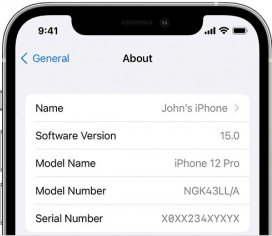
Where do AirDrop files go on iPhone/Mac? I believe the answer to this question will be clear once you finish reading this article. Whether you're transferring photos or files between devices, AirDrop is a very convenient tool. If you prefer not to use AirDrop, you can use Coolmuster Mobile Transfer to transfer data between phones or Coolmuster iOS Assistant to transfer data between iPhone and computer.
Related Articles:
How to AirDrop from iPhone to PC Windows 11/10/8/7 in Six Practical Ways?
Easy Ways to AirDrop from iPhone to Mac [Support Various File Types]





